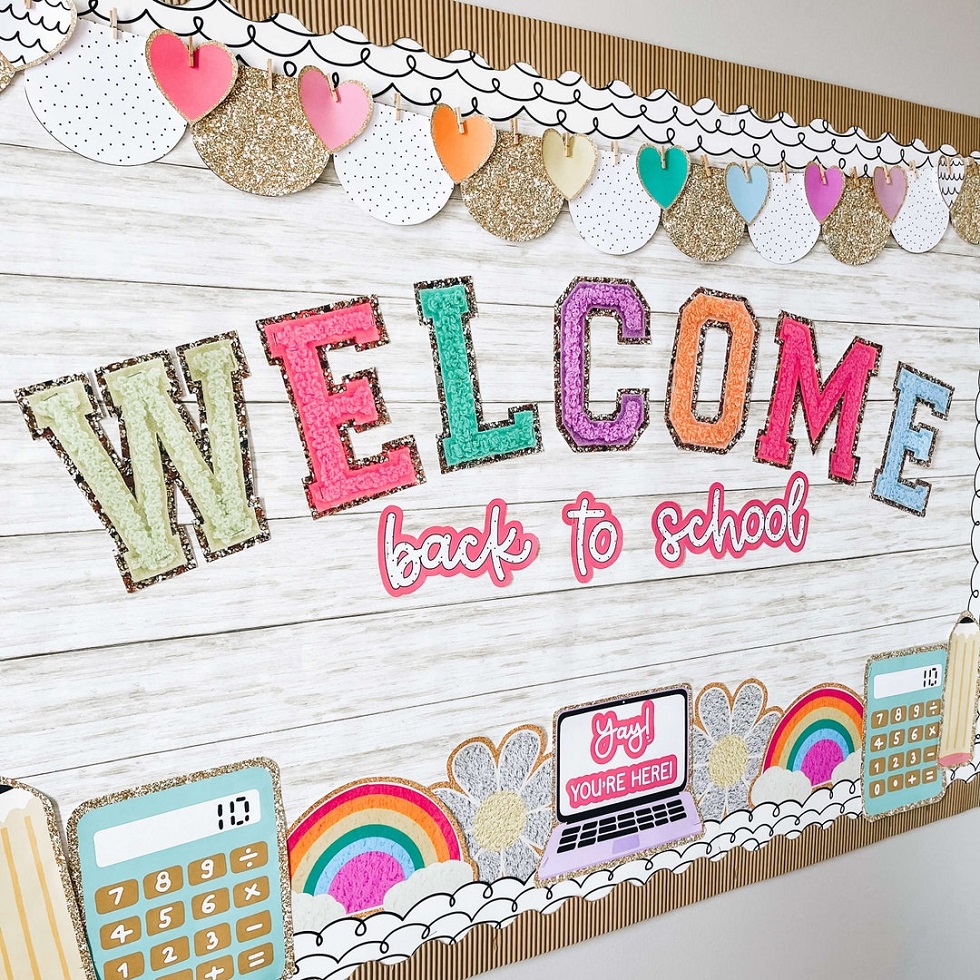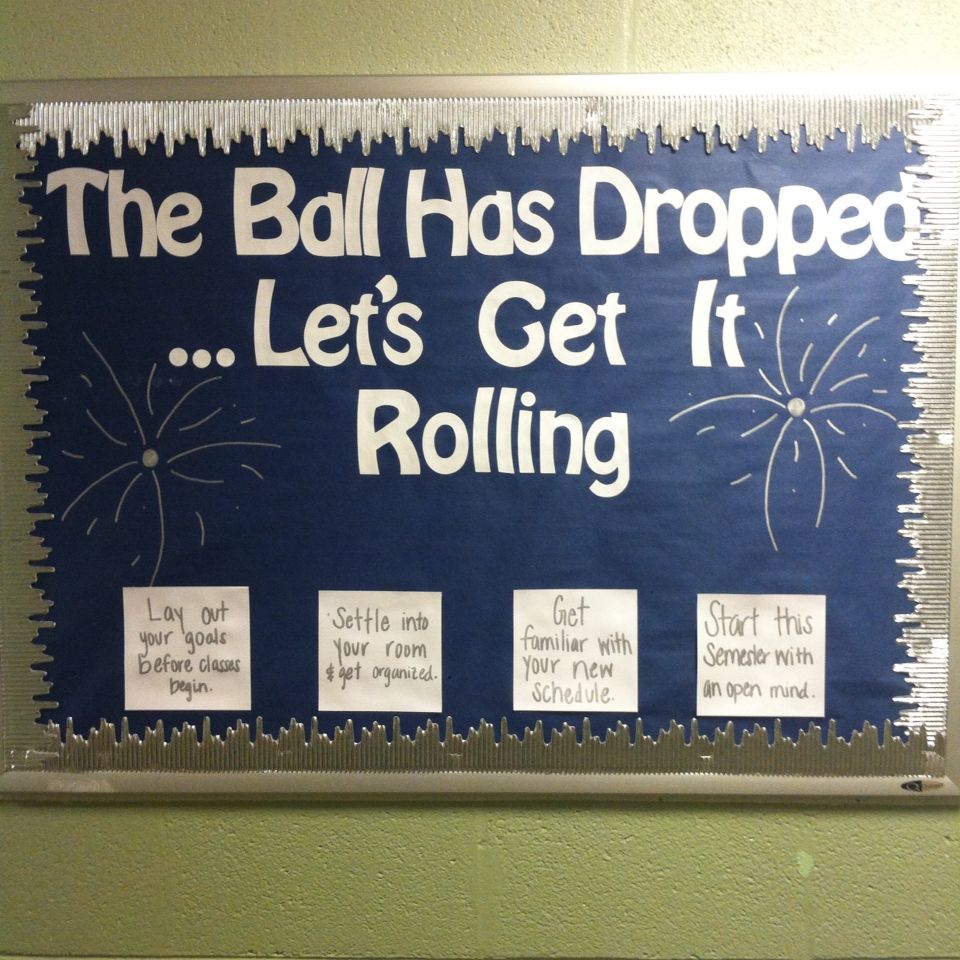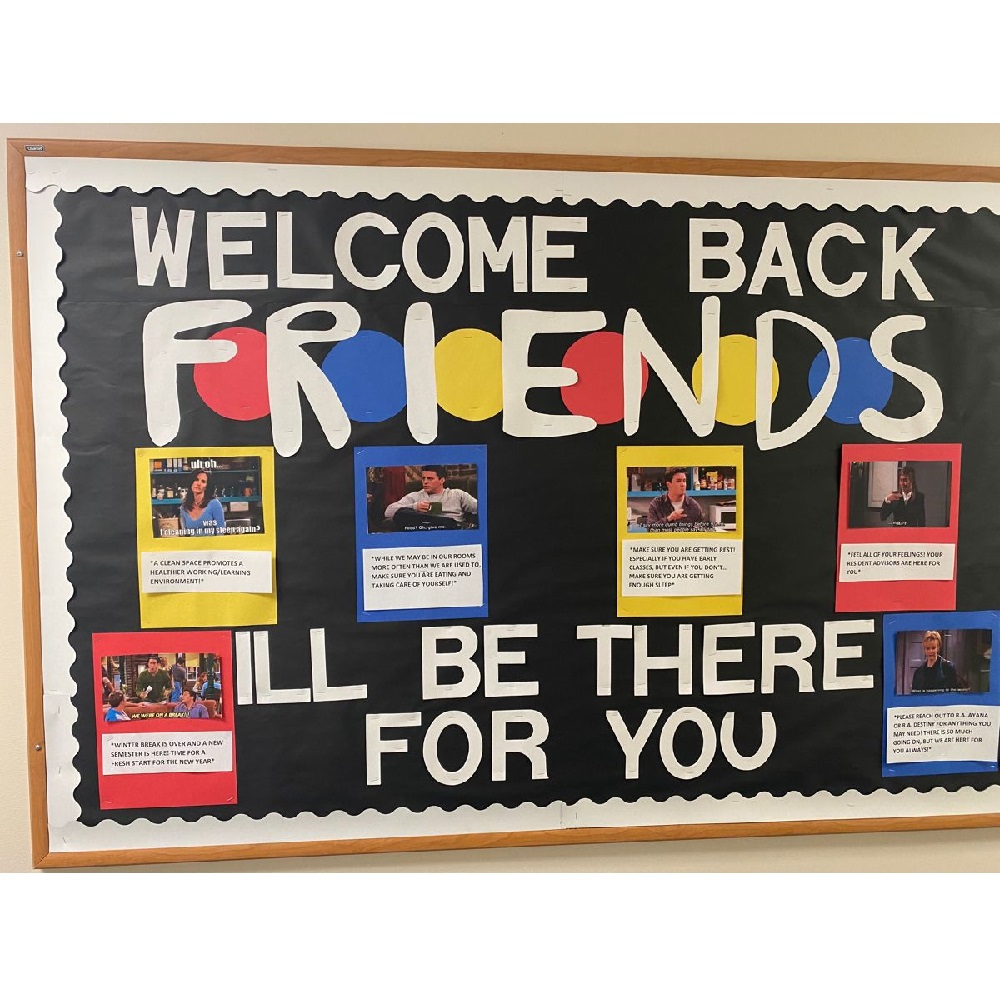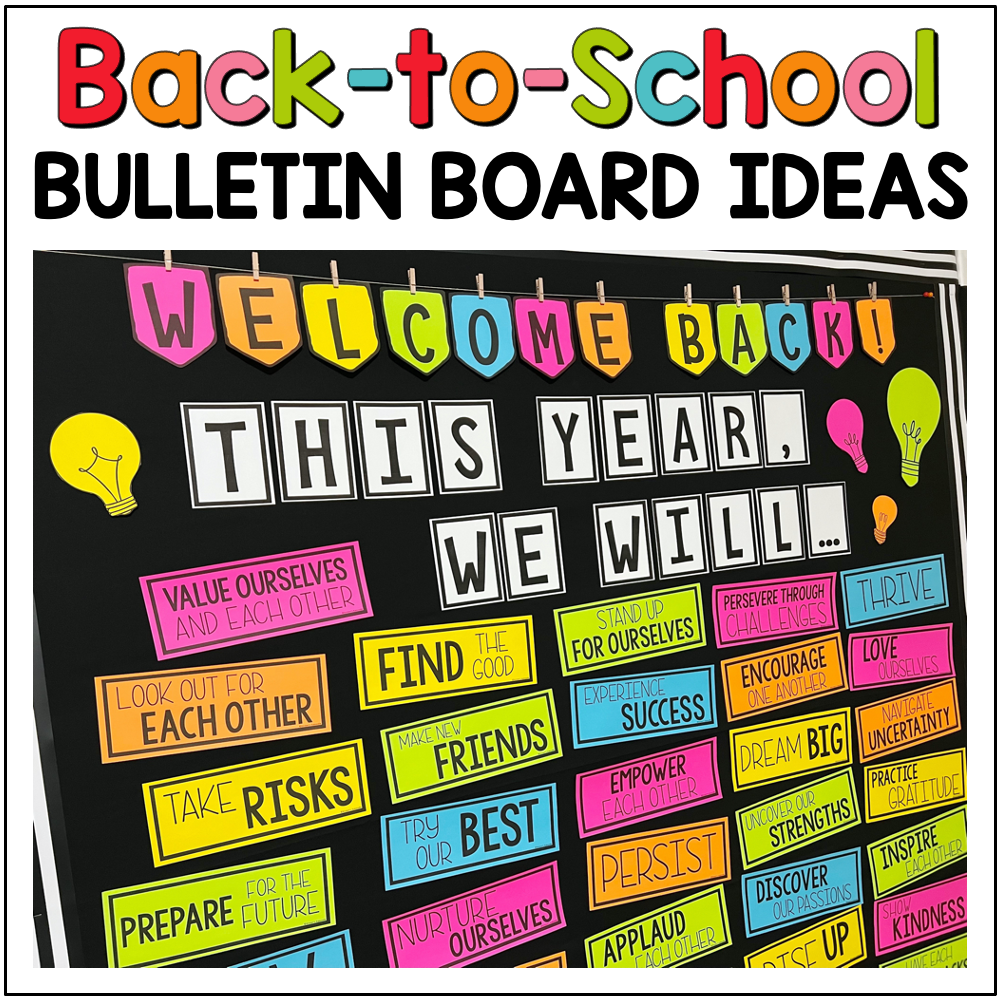A college campus is a vibrant place bustling with activity, announcements, and various organizations. One way to share information and engage students is through bulletin boards. A well-designed bulletin board can capture attention and convey important messages. In this article, we will explore several creative ideas for making college bulletin boards effective.
Importance of a Bulletin Board
Engaging Students
Bulletin boards serve as an important communication tool for colleges. They provide a visual platform to display information about events, meetings, and organizations. Engaging students with eye-catching designs can lead to better participation. A bored student is less likely to join a club or attend an event. But an appealing bulletin board invites curiosity.

Students often walk by bulletin boards daily. They notice colors, graphics, and movement. A good bulletin board captures this attention. Use bright colors and attractive images. Consider incorporating interactive elements. Things like QR codes that link to more information can work wonders. Creating a space that invites students to stop and look can enhance engagement.
Promoting Community
Bulletin boards also promote a sense of community. They can display information about clubs, activities, or services that benefit students and the campus. When students see events featuring their peers, they may feel more connected. A sense of belonging is important for college students. When they feel included, they are more likely to engage.
Community-building bulletin boards can showcase achievements as well. Featuring student accomplishments or highlighting cultural events makes individuals feel valued. It shows that the campus cares about its members. This practice can improve morale on campus, encouraging even more student participation.
Themes for Bulletin Boards
Seasonal Themes
One great way to keep bulletin boards fresh and engaging is by changing themes with the seasons. Each season brings unique colors, holidays, and events. Fall may involve changing leaves, Halloween decorations, and Thanksgiving themes. Winter can showcase holidays like Christmas or New Year’s. Spring celebrates renewal, flowers, and graduation preparations. Each of these themes can inspire unique designs.
Using seasonal themes allows you to incorporate timely information. For instance, a fall-themed board can share information about autumn activities. This might include pumpkin patches or campus festivals. A winter bulletin board may focus on holiday events and winter break tips. Students appreciate relevant information that is timely and interesting.
Awareness Campaigns
Awareness campaigns are a powerful way to use bulletin boards for social issues. Topics like mental health, sustainability, or diversity can benefit from increased visibility. A board focused on mental health could share resources and hotlines. It could also offer uplifting messages to support students. This fosters a caring atmosphere on campus.
Social issues often require public support and understanding. A bulletin board dedicated to diversity can feature quotes from famous activists. You can include images and statistics related to inclusion. Such boards can be both educational and inspiring. They encourage dialogue among students. Engaging with these issues promotes a more understanding environment on campus.
Design Tips for Effective Bulletin Boards
Colors & Graphics
Colors play a critical role in the effectiveness of a bulletin board. Bright and vibrant colors attract attention quickly. Use contrasting colors for text and background to improve readability. Ensure that important information stands out. Consider using colors that represent the season or theme of your board. This adds cohesion and draws in viewers.
Graphics can enhance understanding. Visual aids like pictures, infographics, and drawings often convey messages faster than text alone. For example, if promoting a charity event, include logos and photos of last year’s activities. A well-placed graphic can evoke an emotional response. It builds enthusiasm and motivates students to get involved.
Interactive Elements
Interactive elements make bulletin boards more engaging. Consider adding pockets for brochures or flyers that students can take. This encourages them to interact with the board more physically. You might include a small whiteboard for student messages or suggestions. This can invite dialogue and foster community. Students may share their thoughts or ask questions on a board that feels open and inviting.
Another interactive idea is to feature a “question of the week.” Provide space for students to write responses or share their thoughts. This not only encourages participation but can also create a lively conversation. You could even reward students for their input, perhaps with small prizes or recognition.
Programming Ideas for Engagement
Events Calendar
One practical use for a bulletin board is to create an events calendar. Many students juggle classes, jobs, and social lives. An events calendar provides a one-stop shop for upcoming activities. Display dates and details for campus events, club meetings, and workshops. This makes it easy for students to check what’s happening.
Make sure your calendar is clear and organized. Use a grid format for easy reading. Consider adding different colors for different types of events. For example, use one color for social events and another for academic activities. By making the calendar visually distinct, students can scan it quickly for what interests them.
Highlight Student Achievements
Celebrating student achievements is crucial for building morale on campus. Create a dedicated section on your bulletin board for highlighting these successes. Feature students who have won awards, made the Dean’s List, or achieved other milestones. This recognition is often motivating for peers. It shows that hard work is noticed and valued in the community.
You can make this section interactive too. Encourage students to share their achievements by submitting written notes. An easy way to do this is with a small box where students can drop in their names and accomplishments. It creates a sense of pride and encourages others to strive for excellence.
Seasonal Adjustments and Refreshing Content
Regular Updates
Refreshing content regularly is vital for maintaining interest. A stagnant bulletin board becomes just background noise. Schedule regular updates to ensure new information stays visible. Set a routine for changing themes, such as seasonally or monthly. Regular updates help in keeping students curious and engaged.
Incorporate feedback from students. If an idea is particularly popular, consider expanding it or keeping it for longer. This can help you connect better with the student body. Staying in tune with their preferences promotes successful bulletin board ideas. In turn, this leads to more effective communication on campus.
Seasonal Spreads
Using seasonal spreads can be an exciting way to keep your bulletin board fresh. You may choose to center your designs around holidays or major campus events that occur throughout the year. For example, a Valentine’s Day theme can add heart shapes, red and pink colors, and messages about friendship and love. This themed approach can create a visual feast and engage students in the spirit of the season.
Additionally, spring could showcase the promise of new beginnings with flowers and greenery. Incorporating these motifs into your designs not only keeps things interesting but can also appeal to the emotions of your audience. Students often associate positive experiences with seasonal themes, making engagement all the more likely.
Collaboration and Involvement
Partner with Organizations
Collaborating with campus organizations can elevate the quality and visibility of your bulletin board. Local clubs, Greek life, or student government can all serve as partners in creating informative content. Each organization may have unique events and resources to promote. By working together, you can create a more comprehensive view of campus life.
Designing sections for individual organizations helps distribute the responsibility of keeping the board updated. Each group can take turns updating their section. This ensures a steady stream of fresh content while reducing the workload for individual organizers. Connections forged through these partnerships can enrich the student experience and foster a closer-knit community.
Student Input
Encouraging student input can breathe new life into your bulletin board. Open forums for ideas can transform the board into a community-centric space. Students may suggest themes or topics they think should be featured. Actively listening to your peers engages them more deeply in campus life.
Adding a suggestion box allows for anonymous feedback too. This invites shyer students to share their thoughts without fear of judgment. Creating a space that welcomes diverse opinions helps enhance the bulletin board’s effectiveness. It shows that you value their input and are dedicated to representing their interests.
Conclusion
Creating effective college bulletin boards involves much more than just tacking up flyers. With creativity, design, and collaboration, bulletin boards can become vibrant focal points on campus. They can promote community, engage students, and provide valuable information. By emphasizing visual appeal, relevancy, and interactivity, you can capture the attention of busy students and enhance their college experience.
As you incorporate these ideas, remember to constantly seek feedback from your peers. Stay flexible and keep updating your content. Doing so ensures that your bulletin board remains a dynamic part of college life. Ultimately, it can be a powerful tool for fostering a connected and informed student community.


